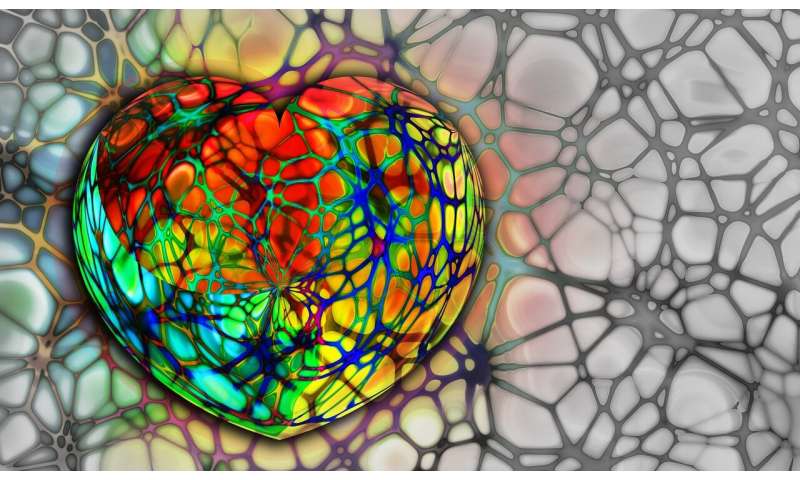
Remote ischemic conditioning does not reduce mortality or heart failure at one year in patients with myocardial infarction, according to late breaking results from the CONDI-2/ERIC-PPCI study presented in a Hot Line Session today at ESC Congress 2019 together with the World Congress of Cardiology.
Co-principal investigator Professor Hans Erik Bøtker of Aarhus University Hospital, Denmark, said: “Although declining in Europe, acute myocardial infarction remains a leading cause of death worldwide. The introduction of prompt and effective treatment with immediate balloon dilatation has reduced the death rate but this decline has reached a plateau and the appearance of subsequent heart failure has not decreased according to expectations. New methods to reduce the damage on the heart and improve clinical outcome are needed.”
Previous studies have shown that remote ischemic condition can reduce infarct size (the area of damaged heart tissue) in patients with ST-elevation myocardial infarction (STEMI) undergoing primary percutaneous coronary intervention (PCI) but until now its effect on clinical outcomes was unknown.
Remote ischemic conditioning is an experimental procedure not currently used in clinical practice. It aims to protect organs or tissue against ischemia-reperfusion injury. This injury can occur when tissue is exposed to lack of blood flow due to a blocked artery (ischemia) and subsequently reperfused when the artery is opened using balloon dilatation with stent implantation or blood clot dissolving drugs. Ischaemia-reperfusion injuries are seen in the heart during myocardial infarction and in the brain during stroke.
The remote ischemic conditioning procedure involves repeated, temporary (i.e. five minutes) cessation of blood flow to a limb to intermittently stop and restore blood flow to the limb. The procedure can be done with a blood pressure cuff or an automatic pressure cuff device. This “conditioning” activates the body’s natural protective physiology against tissue damage in a remote organ.
This study examined whether remote ischemic conditioning could reduce cardiac death and rehospitalisation for heart failure at one year in 5,401 STEMI patients treated with primary PCI. To enhance robustness of the study, two trial organizations (CONDI-2 and ERIC-PPCI) were merged, enabling the researchers to recruit patients at 33 centers in four countries (Denmark, Serbia, Spain, and the UK).
Patients were randomly allocated to standard treatment plus remote ischemic conditioning or standard treatment alone. Remote ischemic conditioning was performed either in the ambulance or on hospital admission. It was done with four cycles of five minutes inflation and five minutes deflation using an automatic pressure cuff on the right upper arm such that blood flow to the arm was intermittently stopped and restored.
Standard treatment on arrival at the hospital was opening the artery using balloon dilatation and stent implantation according to current guidelines including relevant antithrombotic therapy. Successful restoration of blood flow was achieved in more than 95 percent of patients.
Patients were followed-up for one year for the composite primary endpoint of cardiac death or admission for heart failure. The overall event rate for the primary endpoint was low, at 8.9 percent after 12 months. The event rate did not differ between the group receiving standard treatment (8.6 percent) and the group also receiving remote ischemic conditioning (9.4 percent) (hazard ratio, 1.10; 95 percent confidence interval, 0.91 to 1.32; p=0.32).
There were no differences between groups in the occurrence of secondary endpoints, which were the combined outcome of cardiac death and hospitalization for heart failure at 30 days and major adverse cardiovascular and cerebral events at 30 days and one year.
No differences in outcomes between groups were observed in prespecified subgroup analyses according to age, diabetic status, infarction location, Thrombolysis In Myocardial Infarction (TIMI) flow, and time elapsed from first medical contact to balloon time
Source: Read Full Article
